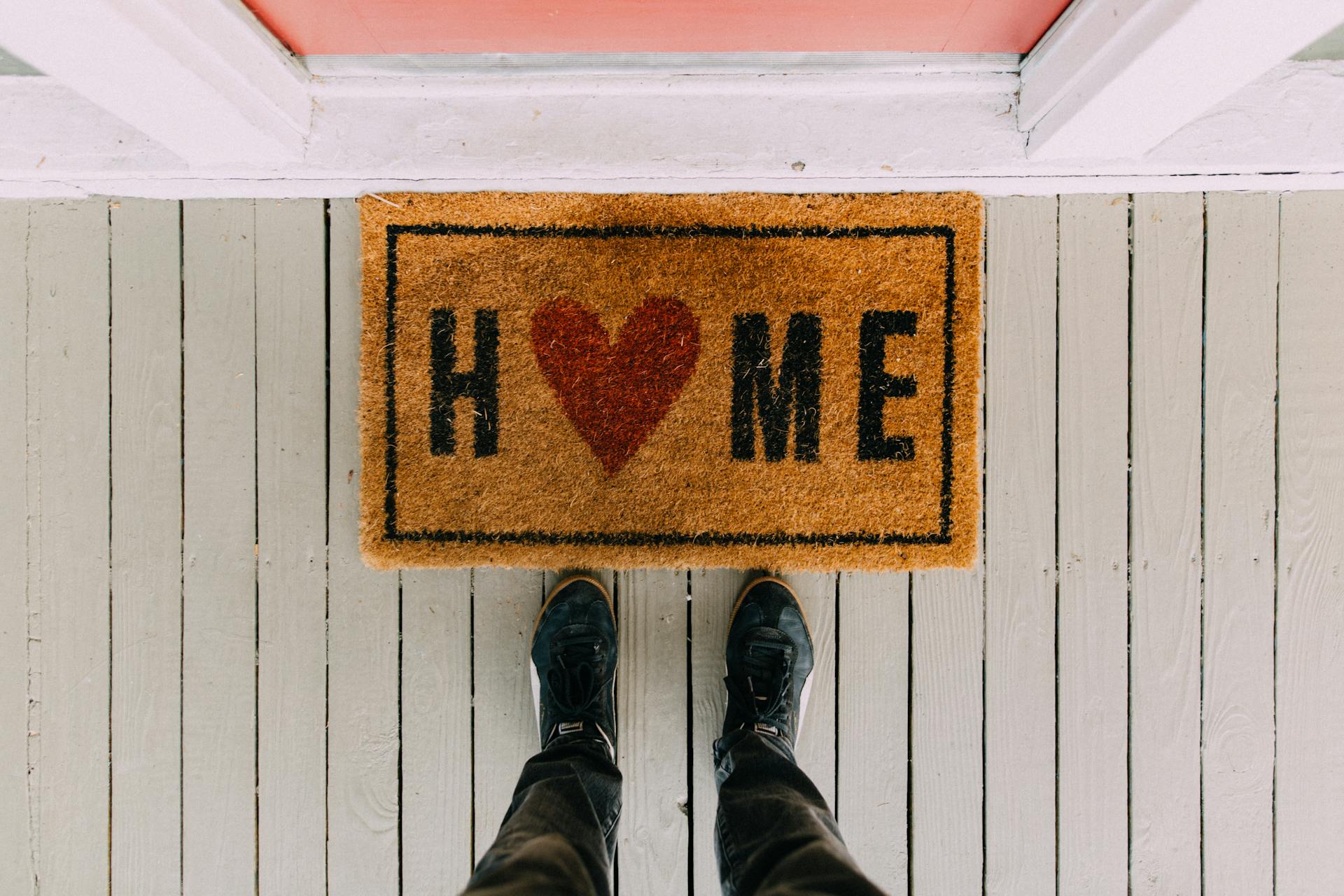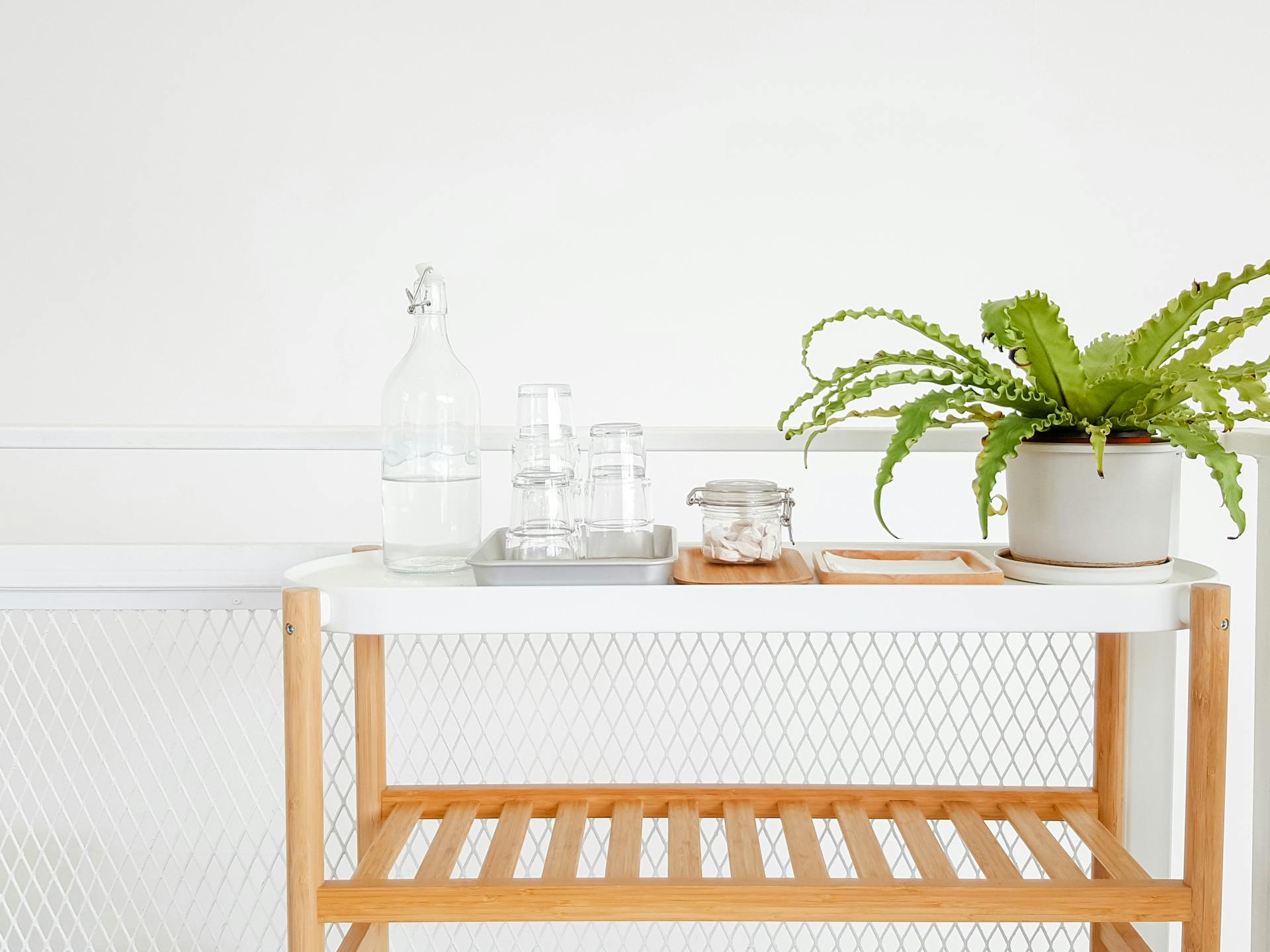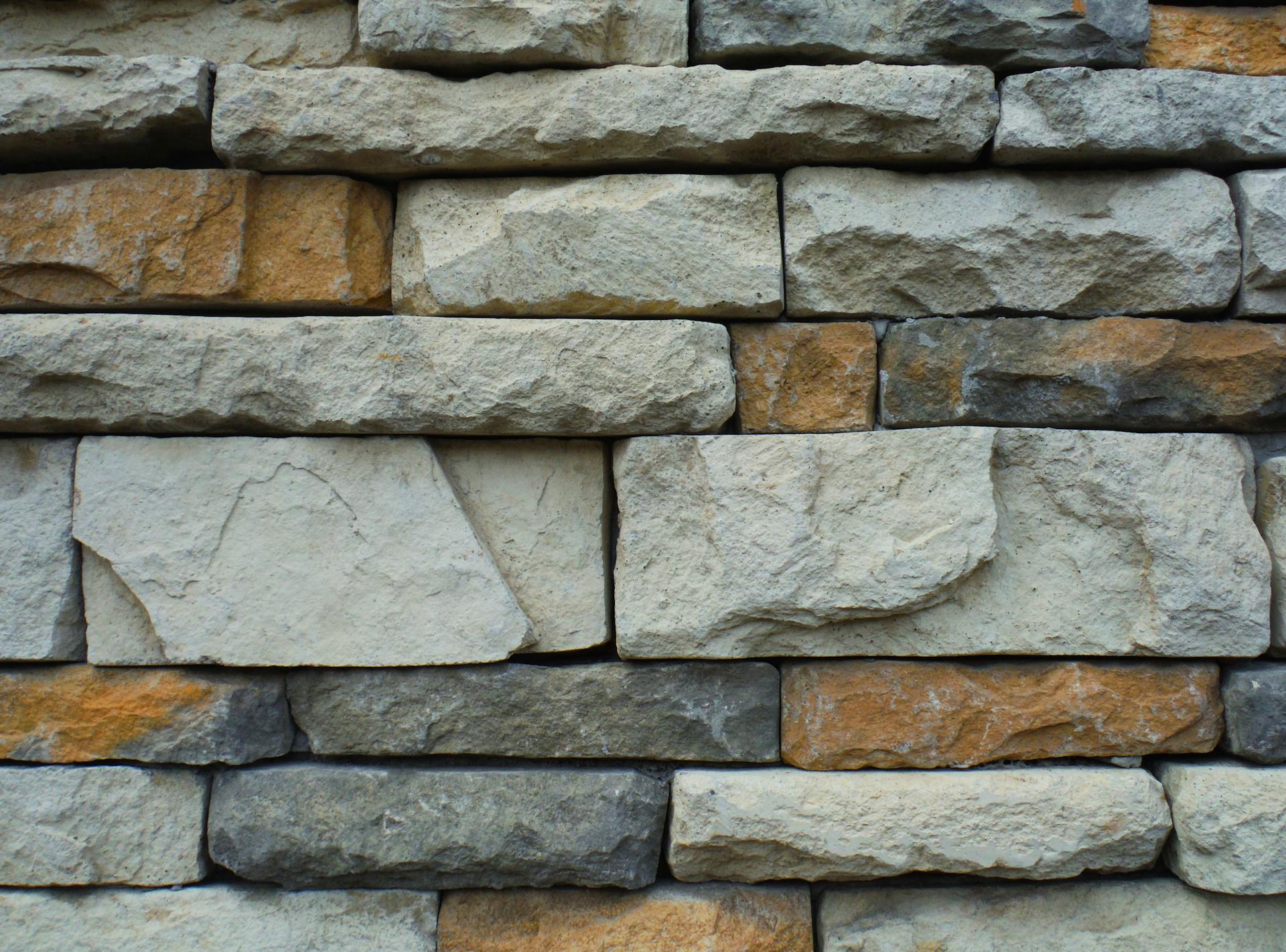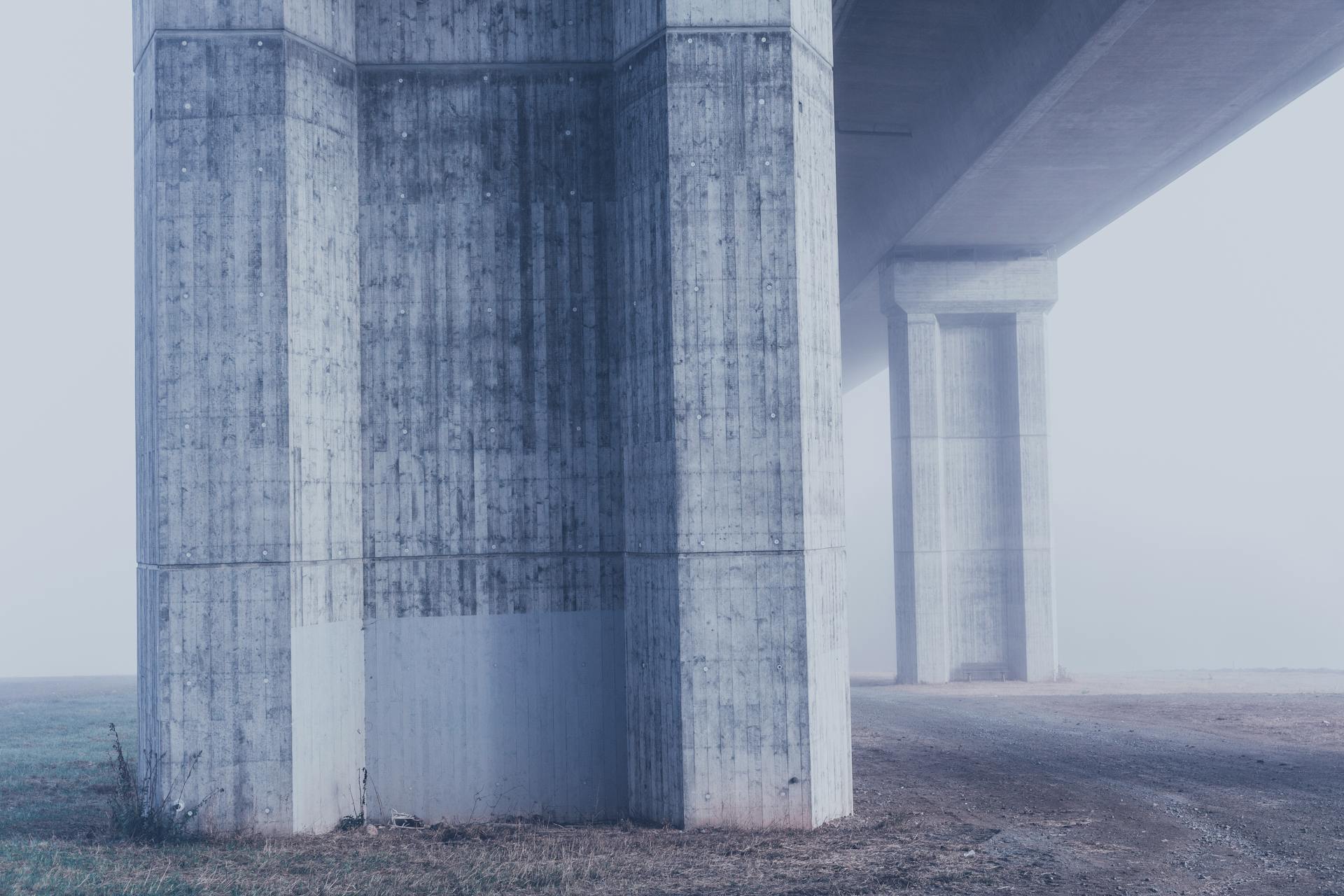
Exterior wall cladding materials refer to the protective layer or covering that is installed on the exterior walls of a building to protect it from external elements such as wind, rain, snow, and sunlight. These materials not only provide protection but also enhance the aesthetic appeal of a building. With so many options available in the market, choosing the right material can be overwhelming. This guide will help you understand different types of exterior wall cladding materials and their benefits.
One popular option for exterior wall cladding materials is metal composite materials (MCM). MCM is a combination of two metal coverings with a polyethylene core. This material is lightweight, durable, and ideal for high-rise buildings. An example of an MCM project includes ALPOLIC®'s recent installation at The University of Texas at Austin's Dell Medical School (photo courtesy). This technology has been used globally in projects ranging from contemporary structures to historic ones.
Overview of the Tale:
When it comes to exterior wall cladding materials, there are plenty of options available. Brick continues to be a popular cladding material due to its durability and inherent thermal properties, but architects today have access to even more exciting innovative terra-cotta solutions. Specially modified metal composite materials and sustainable wood continue to be beloved by architects for their aesthetics and durability.
In recent years, innovative terra-cotta has become one of the most popular exterior wall cladding materials. Architects choose this material for its versatility and durability, as well as its ability to be customized in unique ways. Additionally, terra-cotta offers inherent thermal properties that make it an ideal choice for energy-efficient buildings.
For those looking for a more traditional look, wood continues to be a beloved exterior wall cladding material. Architects today can choose from sustainably sourced wood options that offer both beauty and durability. Whether you're looking for the expected brick or something more modern like metal composite materials or innovative terra-cotta solutions, there are plenty of exciting exterior wall cladding materials available for architects today.
Add Some Style to Your Walls with Wall Cladding
When it comes to exterior home design, the building surface plays a significant role in enhancing the overall look of your property. One of the main reasons people choose exterior wall cladding is because it's an easy and cost-effective way to add style and value to your home. There are many types of weather-resistant cladding available, including vinyl siding, aluminum, cedar shake, and more.
Not only is wall cladding aesthetically pleasing, but it also helps protect your valuable property from harsh weather conditions. By investing in exterior wall cladding, you can avoid costly repair and replacement costs down the line. So whether you're looking to update your home's appearance or want to safeguard your building against the elements, enable javascript and consider adding wall cladding to your next renovation project.
In conclusion, exterior wall cladding is an excellent way to add style and protection to your property. With so many materials available today, you're sure to find something that suits both your aesthetic preferences and practical needs. From vinyl siding to cedar shake, enable javascript and explore all the options available for creating a beautiful and durable exterior for your home or business.
Choose The Best All Around Wall and Aesthetically Versatile Cladding Material: Fiber Cement
When it comes to modern exterior cladding materials, stucco wood and classic styles fiber cement are popular options. However, fiber cement is an excellent choice for those seeking a wide range of design possibilities. This material offers superior strength compared to traditional styles and can withstand harsh weather conditions without fading or cracking.
In addition to its modern material strength, long-lasting beauty fiber cement can also help homeowners save on labor costs. Rather than constantly repainting or replacing exterior cedar trim or siding, choosing fiber cement cladding materials can increase home value while reducing maintenance expenses over time. Whether you're looking to update the look of your 1980s house exterior or simply want to add some extra curb appeal to your home, contact Allura today to explore gorgeous fiber cement cladding options designed with you in mind.
By choosing fiber cement for your next exterior renovation project, you'll avoid 7 problems commonly associated with other cladding materials. From moisture damage and insect infestation to rotting and warping, these issues often plague traditional wood and vinyl siding choices. Discover the Allura difference first-hand by selecting the best all around wall and aesthetically versatile cladding material: fiber cement.
Types of Exterior Wall Cladding Materials
When it comes to choosing the right exterior wall cladding, depending on the style and design of your home, there are various options available in the market. The most common types of exterior wall cladding include vinyl, wood, brick, stone, stucco, metal and fiberglass. Each material has its own unique properties that make it suitable for certain applications.
Vinyl is a popular choice for exterior wall cladding due to its durability and low maintenance cost. Wood is another commonly used material that adds warmth and character to any home. Brick and stone offer a timeless look while stucco provides insulation benefits. Metal is known for its durability and strength while fiberglass offers resistance to moisture and pests. With so many options available in the market, homeowners can choose the best exterior wall cladding depending on their preferences, budget and needs.
1. Stone Exterior Cladding
Stone cladding is an excellent option for exterior wall cladding materials. It is a naturally occurring substance that can withstand extreme temperatures and natural disasters. Stone exterior cladding includes walls stones that are cut into minute pieces to create surface finish that gives structures giving them an organic appeal. Stone cladding is also an eco-friendly material as it does not emit harmful chemicals making it a natural choice for homes exterior walls. The durability stone provides and the natural beauty of stone make it a popular choice for those who want to incorporate the organic appeal of stone into their homes through exterior wall cladding.
If this caught your attention, see: Cool Walls
2. Brick Exterior Cladding
Brick exterior cladding is a popular exterior cladding material for homes. It provides a warm natural look that helps give the homes exterior a timeless feel. Initially developed to reduce labor and time making it an ideal choice for those who experience natural disasters, brick cladding materials are durable building materials made from clay, sand and lime. The benefits of using brick cladding include large-scale brick sizes for faster installation, high-strength brick options, and an overall durable material that will last for years to come.
3. Wood & Timber Exterior Cladding
Wooden material is a popular choice for exterior wall cladding depending on your homes design. Not only does it bring an exquisite effect to your walls, but real wood also provides highly energy efficient insulation properties. Wood cladding includes natural appearance wood exterior cladding that is completely natural and offers both traditional and modern options.
4. Metal Exterior Cladding
Metal exterior cladding is a popular choice for homes walls due to its durability and sturdy protection. Materials commonly used for metal exterior cladding include steel iron, aluminum alloys, and composite materials. These materials are directly applied as decorative panels, adding both beauty and modern appeal to any building. The durability of metal helps make it a great choice for protecting a building from harsh weather conditions while also providing an attractive finish.
5. Vinyl Siding
Vinyl siding is one of the most popular types of exterior wall cladding materials in the market today. This exterior cladding is loved by homeowners as it has low maintenance costs and energy consumption compared to other types of exterior cladding. Vinyl siding is made from a flexible material called vinyl chloride with a fiber board backing. The best thing about vinyl siding is that it helps control the temperature inside your home, which helps reduce the amount you spend on cooling. It's also easy to install, making it a viable option for those who want to save time.
6. Foam Cladding
Foam cladding is a popular exterior cladding option, especially in colder climates. It is a great insulation material and adds an extra layer to your exterior walls that can help reduce the impact of harsh weather conditions. Foam cladding can withstand forces up to 35 pounds per square inch and is fire, water, and insect resistant. Some benefits of using waterproof foam cladding include virtually rainproof making it an ideal material for areas that experience rain or humidity regularly. Additionally, lightweight foam makes it an ideal material for installing exterior walls that experience extreme temperatures.
7. Wood and Plastic Composite Cladding
Wood and plastic composite cladding is a beautiful exterior wall cladding option that protects homes from harsh weather conditions. This material is made by combining plastic sheets and wood boards, which makes it durable and helps extend the lifespan of homes' exterior walls. Its insulating properties also regulate the temperature inside the home, making it a cost-effective option for home improvements. Australia, Japan, and other countries that experience heavy rain have found this to be an inexpensive and effective way to protect their homes.
8. Stone and Aluminum Composite Cladding
Stone and aluminum composite cladding are both attractive options for exterior wall cladding materials. Stone cladding offers a beautiful alternative with its natural minerals making it perfect for historic buildings, while aluminum composite cladding is easily applied and has superior thermal resistance helping your home retain energy. Both options offer an age-old appearance and are great choices to enhance the curb appeal of your home.
9. Precast Concrete Cladding
Precast concrete cladding is a popular exterior cladding material for homes' exterior walls due to its long-lasting and sustainable nature. With natural materials and excellent thermal insulating properties, the concrete core provides strength and structural integrity while also regulating the temperature inside the home. Precast concrete cladding can also include thin brick or install plastic membrane wood panel to add to the aesthetic of the concrete aspect. Additionally, its fire-resistant properties prevent catching fire, making it a safe choice for homeowners looking for both style and safety.
10. Ceramic Tile Cladding
Ceramic tile cladding is one of the most popular types of exterior cladding materials. With their natural appearance and diverse styles and colors, ceramic tiles can enhance any home's exterior walls. While basic construction skills are needed for installation, professional builders can easily handle the job. The benefits of using ceramic tile cladding include its cost-effective option and special maintenance needs that keep your home looking great for years to come.
11. Curtain Wall Cladding
Curtain wall cladding is a suitable exterior cladding material for homes due to its unique properties. It comes in various materials such as pre-cast concrete, fiber glass, stone wood stucco, and has low maintenance. Painting curtain wall cladding helps in reducing heat loss and twisting slightly during cold weather conditions. The thermal resistance of curtain wall cladding helps keep the home warm while its durability lasts longer than traditional materials. The protective features of curtain wall cladding include thermal insulation that helps regulate the temperature inside the home by providing an excellent insulating barrier on homes exterior walls.
Frequently Asked Questions
What are some of the best exterior wall cladding materials?
Some of the best exterior wall cladding materials include brick, stone, wood, metal, and fiber cement. Each material has its own advantages and disadvantages in terms of cost, durability, and maintenance requirements.
What are the different types of wall cladding?
The different types of wall cladding include vinyl, wood, metal, brick, stone, and stucco. Each type has its own unique characteristics and advantages.
What is exterior cladding?
Exterior cladding is a protective layer installed on the outside of a building to enhance its appearance and provide insulation. It can be made from various materials such as wood, vinyl, brick, or metal.
What is exterior wall cladding?
Exterior wall cladding refers to the protective layer attached to the exterior walls of a building. It can be made up of various materials like wood, vinyl, metal, or brick and serves as a weather-resistant barrier that improves energy efficiency and aesthetics.
What are the different types of exterior cladding?
The different types of exterior cladding include wood, vinyl, fiber cement, brick, stone, stucco, and metal. Each material has its own benefits and drawbacks depending on the desired aesthetic and level of maintenance required.
Featured Images: pexels.com


